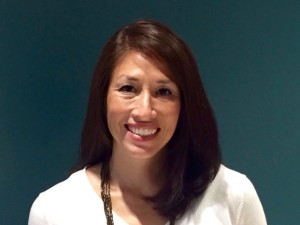In a time where the workforce includes the four largest generations, business leaders are faced with an opportunity like none other. Even though a multigenerational workforce presents its own unique challenges, it allows employers to leverage the experiences of people at various levels in their profession and fosters a more open and inclusive culture.
Generational diversity can greatly benefit an organization. Where younger generations may bring innovation to the workplace through the lessons learned in school, older generations provide the strategy and structure through the lessons learned in business. Employers with multigenerational teams are also better positioned for longevity, as they have a roster of current leaders and potential future leaders in their talent pool.
However, maximizing the benefits of a multigenerational team can only be done if they feel heard, respected and valued. To do so, business leaders should consider taking the following three actions to foster a culture where employees of all ages flourish.
Accommodate Communication Styles
Communicating with a multigenerational team is not one-size-fits-all. The best methods of communication differ from person to person and how organizations communicate should be just as diverse as their employees. Therefore, employers should implement multiple avenues of communication, such as in-person interactions, email, messaging platforms or video conferencing, to accommodate the different styles. Simply asking employees their preferred method of communication is an efficient and direct way to ensure open, two-way communication, plus it demonstrates their input matters to leadership.
Welcome Differences
The unique talents and perspectives each generation brings to the workplace can draw teams closer together through learning. Employees of different ages can share experiences, ideas and thoughts with each other, which can lead to more effective problem-solving and creative solutions to challenges that may arise. Business leaders should welcome these differences and, when building project teams, bring together employees who have complementary skills and generationally diverse perspectives, which can result in innovative business solutions.
Underscore the Similarities
While it may be easier to focus on the generational divide, there are many common values employees of all generations share. No matter their age, most employees want to feel engaged and respected in the workplace, grow as professionals, and strike the right harmony between work and life. The same concerns ring true for each generation, such as the threat of employee burnout and the rising cost of living. Employers should create opportunities to highlight the positive similarities, while also listening to concerns and following through with solutions to any feedback.
Employers who can be flexible in how they communicate and celebrate the unique collaborative opportunities presented with a multigenerational team can break down any generational silos that may exist and foster a culture where employees feel welcome no matter their age.
 Niki Jorgensen is a director of service operations with Insperity, a leading provider of human resources offering the most comprehensive suite of scalable HR solutions available in the marketplace. For more information about Insperity, call 800-465-3800 or visit www.insperity.com.
Niki Jorgensen is a director of service operations with Insperity, a leading provider of human resources offering the most comprehensive suite of scalable HR solutions available in the marketplace. For more information about Insperity, call 800-465-3800 or visit www.insperity.com.
